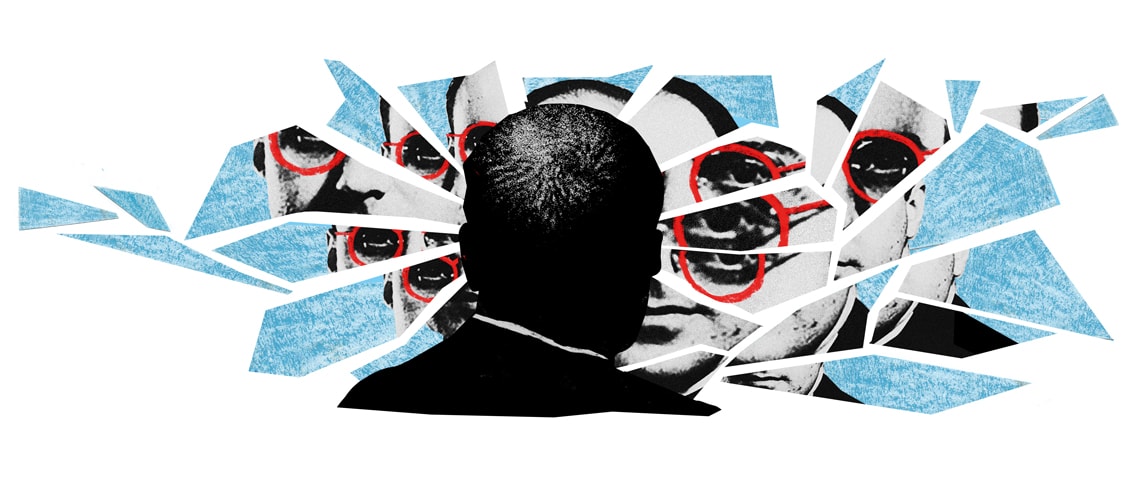A database created to map the world’s most influential researchers, those whose articles are highly cited in papers written by other scientists, ended up revealing a common type of misconduct being practiced by those at the very top of the scientific community. While compiling a list of the 100,000 scientists with the highest productivity and impact, physician John Ioannidis, a professor of scientific methodology at Stanford University, USA, discovered that about 250 were violating self-citation rules, which allow researchers to include references to their own previous works in scientific articles. Despite being a small proportion of the total, the survey suggests that one in 400 high-performing researchers may have used this form of manipulation to overstate the impact of their work.
While a certain level of self-citation is sometimes necessary to contextualize an author’s previous findings within their most recent work, making an excessive number of self-citations is an underhanded way of manipulating academic productivity indicators such as impact factor and h-index, both of which are calculated based on number of citations. Among the 250 names suspected of misconduct, more than 50% of the total citations resulted either from self-citations or citations by coauthors, known as cross-citation, where friends or colleagues regularly cite each other with no real justification. The average self-citation rate among the 100,000 authors of the database was 12.7%. According to Ioannidis, when more than 25% of an author’s references are self-citations, their work should be examined to check for potential ethical misconduct.
He says that his findings could be useful for identifying individual fraud and tracking groups of scientists who systematically exchange citations. “These problems may be more common than you think,” he told the journal Nature. According to his database, the champion of self-promotion was computer scientist Sundarapandian Vaidyanathan, a researcher at the Vel Tech Institute of Technology, Research, and Development, a private university in Chennai, India. Of all the citations his papers received in 2017, 94% were from himself or his coauthors. He appears on Ioannidis’s list as one of the 8,000 most productive scientists in the world. Last year, Vaidyanathan received a government award of INR20,000, the equivalent of R$1,000 (or approximately US$250), for being among the most productive academic researchers in the country. In 2017, he was questioned about his performance, and used online Q&A website Quora to issue a response. He argued that references to his previous works were needed to provide an understanding of the more recent articles and that he did not intend to mislead anyone.
Some of the other extreme cases included Greek mathematician Theodore Simos, linked to King Saud University in Riyadh, Saudi Arabia, with a self-citation rate of around 76%, and Romanian chemist Claudiu Supuran, a researcher at the University of Florence, Italy, with 62%. Last year, they were both on the list of “6,000 world-class researchers selected for their exceptional research performance,” produced by Clarivate Analytics. Alerted by the journal Nature about the two researchers’ history of heavy self-citation, Clarivate, which runs the Web of Science database, said it was considering changing the methodology used for the ranking.
Each year, Clarivate publishes its Journal Citation Reports (JCR), which calculate the impact factor of almost 12,000 scientific journals and has historically attempted to combat self-citation and cross-citation promoted by journals, but not by individual researchers. Seventeen journals were excluded from the latest edition of the JCR because their citation patterns were considered anomalous. Ten were removed for overusing self-citations—one of them was the journal Hispania, published by the American Association of Teachers of Spanish and Portuguese. Six other periodicals were removed for excessive cross-citation. Another journal, Bone Research, was removed due to its involvement in a citation exchange scheme set up by other journals, although there is no evidence that it benefited. For two years, these titles will have no impact factor, a sanction that could potentially lead to an exodus of authors of quality articles. Brazil, which had six journals excluded from the JCR in 2013, had no suspensions this year.
Acceptable limit
In a report published in July, the Committee on Publication Ethics (COPE) advised journal editors to consider the level of self-citation they consider acceptable and to institute policies on the issue. However, the committee advised against excluding self-citations from article and journal impact calculations, a practice some indices have recently implemented. The argument is that in many cases, self-citing is necessary and recommended—if authors are not allowed to reference previous work, they could even be accused of self-plagiarism. In these justifiable instances, self-citations fulfill the same function as citations by third parties, which is to provide a frame of reference for the production of new knowledge, and to remove them would be harmful.
At the top of Ioannidis’s list, the three most influential scientists were Swiss chemist Michael Grätzel, a researcher at the Swiss Federal Institute of Technology in Lausanne and inventor of a new type of solar cell; American physicist Edward Witten of Princeton University, winner of the Fields Medal in 1990; and English biochemist Barri Halliwell, an expert in free radicals, currently at the National University of Singapore. None of them had a self-citation index higher than 10%.
Republish